Table of content
Introduction
Tomatoes, known scientifically as Solanum lycopersicum, are a staple in many cuisines worldwide. Their versatility, rich flavor, and nutritional benefits make them a favorite among chefs and home cooks alike. However, fresh tomatoes have a relatively short shelf life, especially when not stored properly. Understanding how to preserve tomatoes for extended periods can help ensure you have access to this delicious fruit (botanically speaking, as it contains seeds and grows from flowers) throughout the year. This guide explores various methods for preserving tomatoes, each suited to different needs and preferences. From canning and freezing to drying and pickling, there are numerous techniques to choose from.
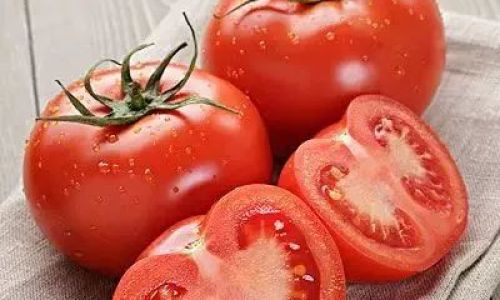
Understanding Tomato Preservation Basics
Before diving into specific preservation methods, it’s crucial to understand the basics. Tomatoes are high in moisture and acidity, which can affect their preservation. High moisture content can lead to spoilage, while acidity can impact the canning process. Proper handling and preparation are essential to ensure safe and effective preservation.
Selection and Preparation
- Choosing the Right Tomatoes: Start with ripe, firm tomatoes free from bruises, cracks, or soft spots. Varieties like Roma tomatoes, which have thicker walls and less juice, are often better suited for preservation.
- Cleaning: Wash tomatoes thoroughly under running water. Remove the stems and any bruised or damaged parts.
- Blanching (Optional): For some preservation methods, like freezing or drying, blanching can help retain color and texture. Blanch tomatoes in boiling water for about 30-60 seconds, then plunge them into ice water to stop the cooking process.
Equipment and Supplies
- Canning Equipment: If you plan to can tomatoes, you’ll need a pressure canner (for low-acid foods like whole tomatoes) or a water-bath canner (for acidic foods like tomato sauce). Other essentials include jars, lids, a jar lifter, and a funnel.
- Freezing Supplies: For freezing, you’ll need freezer bags, containers, or trays lined with parchment paper.
- Drying Equipment: A food dehydrator or an oven set to a very low temperature can be used for drying tomatoes.
- Pickling Supplies: For pickling, you’ll need vinegar, spices, and clean jars with tight-fitting lids.
Safety Considerations
- Hygiene: Always wash your hands, utensils, and surfaces thoroughly before handling tomatoes.
- Processing: Follow precise instructions for canning, freezing, or other preservation methods to avoid contamination.
- Storage: Store preserved tomatoes in cool, dark places or the freezer, as appropriate.
Canning Tomatoes
Canning is a popular method for preserving tomatoes because it allows you to store them in a shelf-stable form for up to a year. The process involves heating tomatoes to destroy enzymes and microorganisms that cause spoilage, then sealing them in airtight containers.
Steps for Canning Tomatoes
-
Preparation: Wash and peel tomatoes if desired (peeling can help reduce acidity and improve texture in some recipes). Core and chop them, or puree them in a blender.
-
Boiling Water Bath: Fill a large pot with water and bring it to a boil. Prepare your jars by washing them in hot, soapy water and rinsing well. Keep jars hot until ready to use.
-
Packing: Pack tomatoes into hot jars, leaving headspace as specified in your canning guide (usually about 1/2 inch). Add boiling water or tomato juice to cover, leaving the required headspace.
-
Wipe and Seal: Wipe the jar rims clean with a damp cloth to remove any food particles. Place lids and rings on the jars and tighten just until fingertip-tight.
-
Processing: Place jars in the boiling water bath or pressure canner, ensuring they are fully submerged. Process according to your recipe or canning guide’s instructions. For a water-bath canner, this typically involves boiling for 45-90 minutes, depending on jar size and altitude. For a pressure canner, process at 10-15 psi for the appropriate time.
-
Cooling: Remove jars from the canner and let them cool on a towel or rack. As they cool, the lids will pop down, indicating a good seal.
-
Storage: Store canned tomatoes in a cool, dark place. Check jars periodically for signs of spoilage, such as bulging lids or off odors.
Freezing Tomatoes
Freezing is a simple and effective way to preserve tomatoes, especially if you plan to use them within a few months. Frozen tomatoes can be used in cooked dishes like soups, stews, and sauces.
Steps for Freezing Tomatoes
-
Preparation: Wash tomatoes and remove stems and cores. You can freeze them whole, halved, diced, or pureed.
-
Blanching (Optional): For better texture retention, blanch tomatoes before freezing. This step is especially important if you plan to use the tomatoes for raw dishes like salsa.
-
Freezing: Spread prepared tomatoes in a single layer on freezer trays or line trays with parchment paper and place tomatoes on top. Once frozen solid, transfer them to freezer bags or containers, removing as much air as possible.
-
Labeling and Storage: Label bags or containers with the date and contents. Store in the freezer for up to 8-12 months.
Drying Tomatoes
Dried tomatoes add a concentrated burst of flavor to dishes and can be stored for several months if kept in an airtight container.
Steps for Drying Tomatoes
-
Preparation: Wash tomatoes, remove stems and cores, and cut them into halves, quarters, or slices. Blanch slices briefly if desired to enhance texture and color retention.
-
Drying: Use a food dehydrator set to a temperature of around 135°F (57°C) or an oven set to its lowest temperature (usually around 150°F or 65°C). Spread tomatoes in a single layer on drying racks or trays.
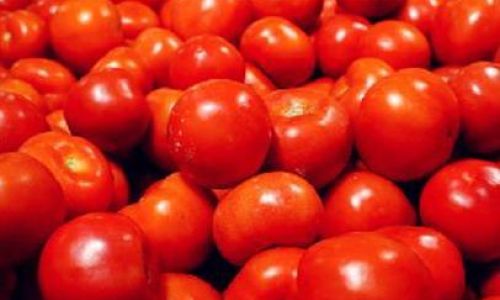
-
Monitoring: Dry tomatoes until they are leathery and slightly translucent. This can take several hours to a day, depending on thickness and drying method.
-
Storing: Once dry, pack tomatoes in airtight containers or vacuum-seal bags. Store in a cool, dark place for up to 6 months.
Pickling Tomatoes
Pickling tomatoes involves preserving them in a vinegar-based brine, which adds a tangy flavor and helps extend their shelf life. Pickled tomatoes can be used in salads, sandwiches, and as a condiment.
Steps for Pickling Tomatoes
-
Preparation: Wash tomatoes, remove stems and cores, and cut them into halves, quarters, or small wholes.
-
Brine Preparation: In a large pot, combine vinegar, water, sugar, salt, and spices (like garlic, onions, peppers, and herbs) to taste. Bring to a boil.
-
Packing: Pack tomatoes into clean jars, leaving headspace as specified in your pickling recipe. Pour hot brine over tomatoes, ensuring they are fully submerged.
-
Sealing: Wipe jar rims clean and place lids and rings on the jars, tightening just until fingertip-tight.
-
Processing: Process jars in a boiling water bath for the time specified in your recipe, usually around 10-15 minutes for pint jars.
-
Cooling and Storage: Remove jars from the water bath and let them cool on a towel or rack. Once cool, check for seals. Store pickled tomatoes in a cool, dark place for up to a year.
Other Preservation Methods
In addition to the methods outlined above, there are several other ways to preserve tomatoes, each with its own unique benefits.
Tomato Paste
Making tomato paste is a great way to concentrate tomato flavor and reduce storage space. Simply cook pureed tomatoes down until thick and reduced, then store in freezer containers or can using the water-bath method.
Tomato Sauce and Ketchup
Cooked tomato sauces and ketchups can be canned or frozen. Add seasonings and cook tomatoes until desired consistency, then follow canning or freezing instructions.
Fermented Tomatoes
Fermenting tomatoes creates a tangy, probiotic-rich product similar to sauerkraut. This method requires special attention to hygiene and fermentation conditions to avoid contamination.
Freezing Tomato Puree
Puree tomatoes in a blender or food processor, then pour into freezer bags or containers. Freeze and use as needed for soups, stews, and sauces.
Sun-Dried Tomatoes
While most people use a dehydrator or oven to dry tomatoes, you can also sun-dry them in warm, sunny weather. Lay slices on a screen or tray and cover with cheesecloth to protect from insects. Turn slices regularly until they are dry and leathery.
Conclusion
Preserving tomatoes for extended periods is a rewarding endeavor that allows you to enjoy their fresh flavor year-round. Whether you choose canning, freezing, drying, pickling, or another method,
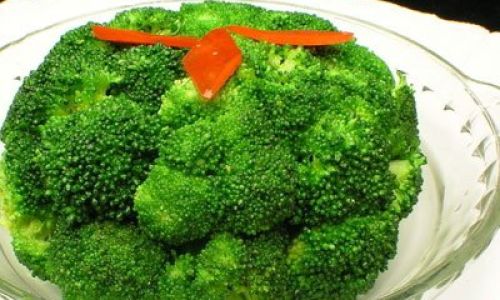

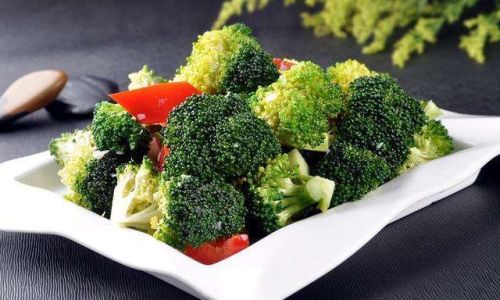
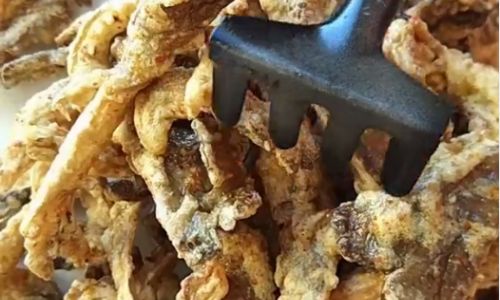
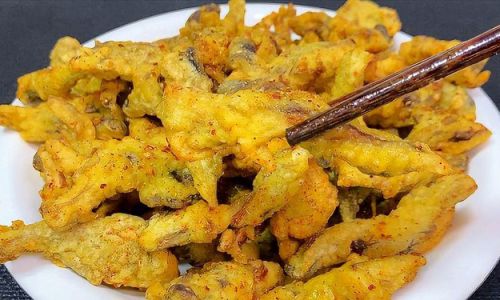
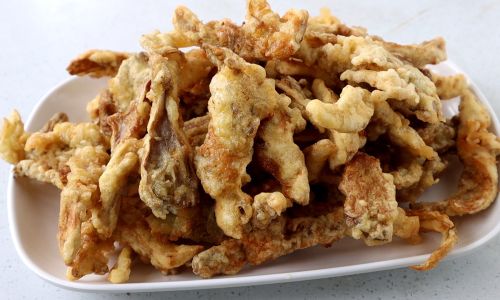
0 comments